Maple seasoning isn't just for pancakes anymore. If you're searching for how to use maple seasoning in everyday cooking, you've found the right guide. This simple-to-make blend transforms ordinary dishes with sweet-savory depth without artificial ingredients. Here's exactly what works for home cooks like you.
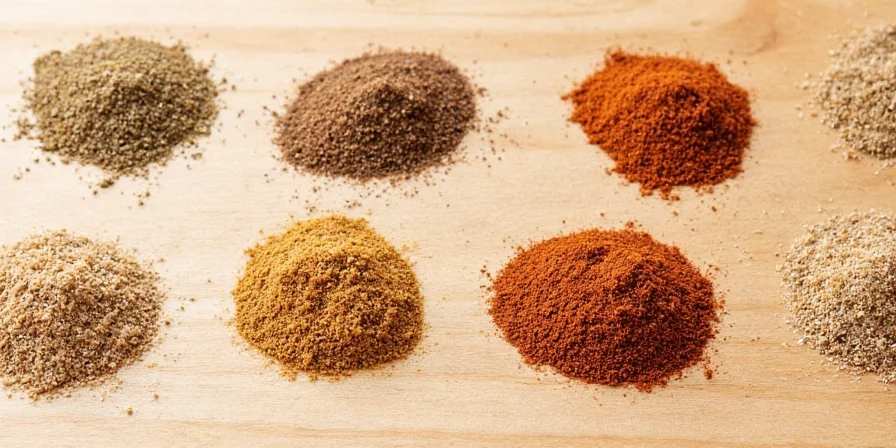
What Is Maple Seasoning (And Why Home Cooks Love It)
Maple seasoning is a dry spice blend made from dehydrated maple syrup combined with complementary spices. Unlike liquid maple syrup that burns easily, this shelf-stable powder brings maple flavor to roasted vegetables, meats, and even desserts without making dishes soggy or overly sweet.
Real maple seasoning contains only:
- 100% pure maple sugar (not artificial flavors)
- Sea salt
- Smoked paprika
- Black pepper
Maple Seasoning vs Maple Sugar: What's the Difference?
| Feature | Maple Sugar | Maple Seasoning |
|---|---|---|
| Ingredients | Only dehydrated maple syrup | Maple sugar + spices |
| Best For | Baking, coffee sweetener | Cooking meats, roasted veggies |
| Flavor Profile | Sweet only | Sweet + smoky + savory |
| Heat Tolerance | Burns easily | Stable at high temperatures |
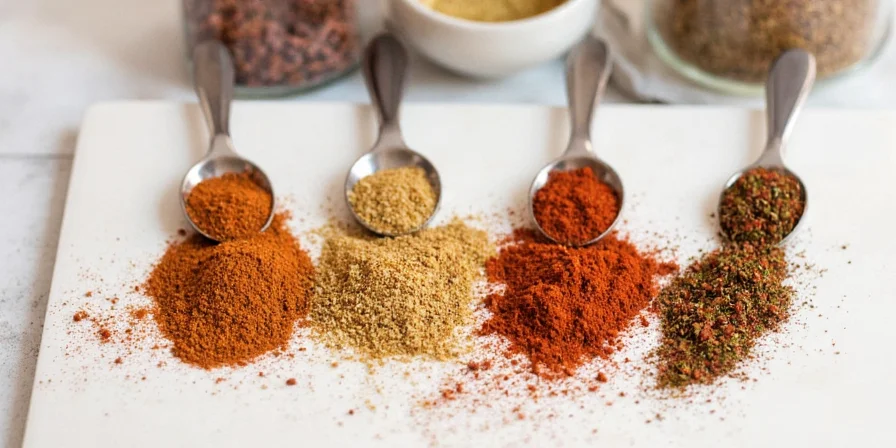
3 Easiest Ways to Use Maple Seasoning at Home
These simple techniques work for beginner cooks with ingredients you already have:
- Perfect Roasted Vegetables: Toss 1 lb carrots or sweet potatoes with 1 tablespoon oil and 1 teaspoon maple seasoning. Roast at 400°F for 25 minutes. The maple creates caramelization without burning.
- Better Chicken or Pork: Rub 2 teaspoons maple seasoning under chicken skin or on pork chops 30 minutes before cooking. Creates a flavorful crust that stays moist.
- Surprise Dessert Boost: Sprinkle a pinch on ice cream or chocolate cake. The salt content enhances sweetness without added sugar.
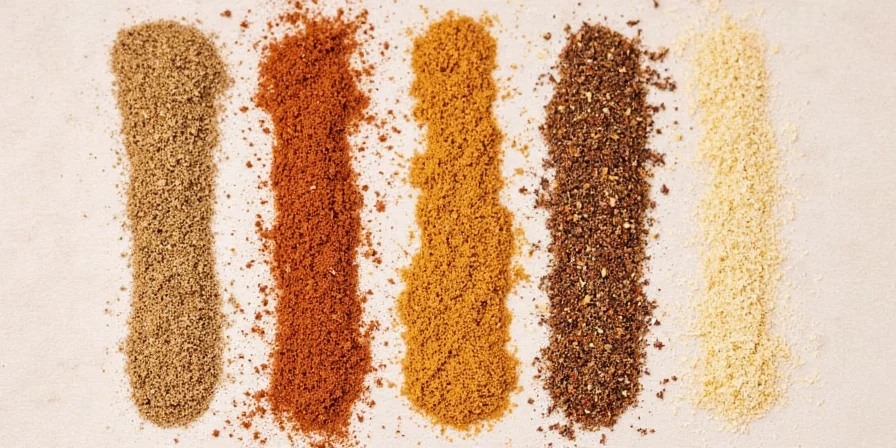
Simple Homemade Maple Seasoning Recipe (5 Minutes)
You don't need special equipment. This basic version works in any kitchen:
- 2 tablespoons pure maple sugar (or grind maple syrup crystals in blender)
- 1 teaspoon smoked paprika
- ½ teaspoon sea salt
- ¼ teaspoon black pepper
Mix in small bowl. Store in airtight container for up to 6 months. Pro tip: Double the batch - it keeps well and makes a great gift.
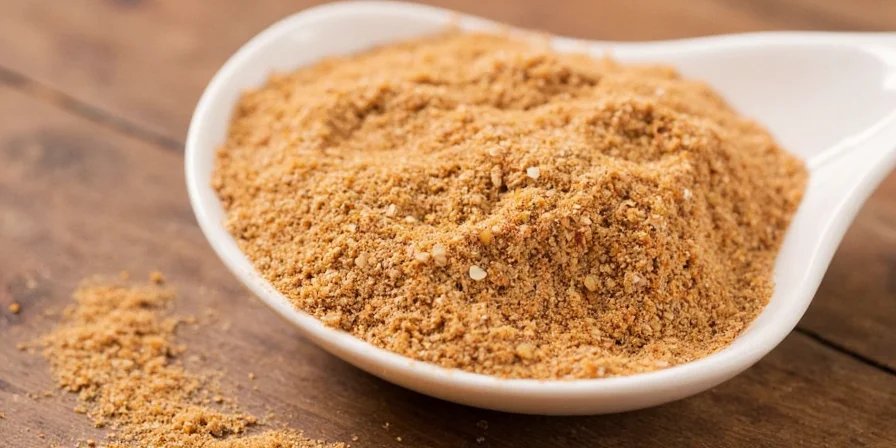
Avoid These 3 Common Mistakes
- Using fake "maple-flavored" products: Check labels - real maple seasoning lists "maple sugar" as first ingredient, not "natural flavors"
- Adding too early in cooking: Sprinkle during last 10 minutes to preserve flavor (unlike liquid syrup)
- Pairing with strong smoky flavors: Don't use with liquid smoke or chipotle - the smokiness will overwhelm
Where to Buy Good Maple Seasoning
Look for these brands at:
- Local co-ops and health food stores
- Amazon (search "100% pure maple seasoning")
- Farmers markets (often better quality than supermarkets)
Good maple seasoning costs $8-$12 for 4 oz. Avoid products under $5 - they usually contain fillers.
Frequently Asked Questions
Can I make maple seasoning without maple sugar?
Yes! Bake pure maple syrup at 250°F for 1-2 hours until dry, then blend into powder. Use 3 parts syrup to 1 part water to prevent burning.
Does maple seasoning have sugar?
Yes, but it's natural maple sugar. One teaspoon contains about 3g sugar - less than most store-bought seasoning blends with added sugars.
What's the best use for beginners?
Start with roasted vegetables. It's foolproof and shows maple seasoning's magic - creates caramelization without making veggies soggy like liquid syrup does.

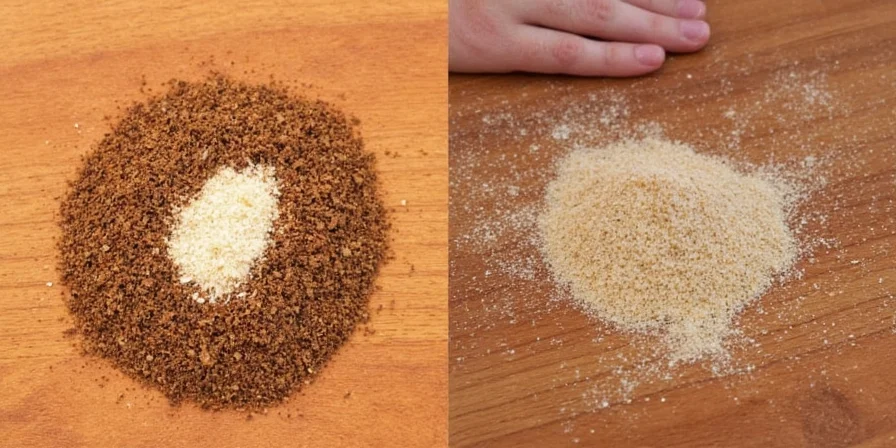









 浙公网安备
33010002000092号
浙公网安备
33010002000092号 浙B2-20120091-4
浙B2-20120091-4